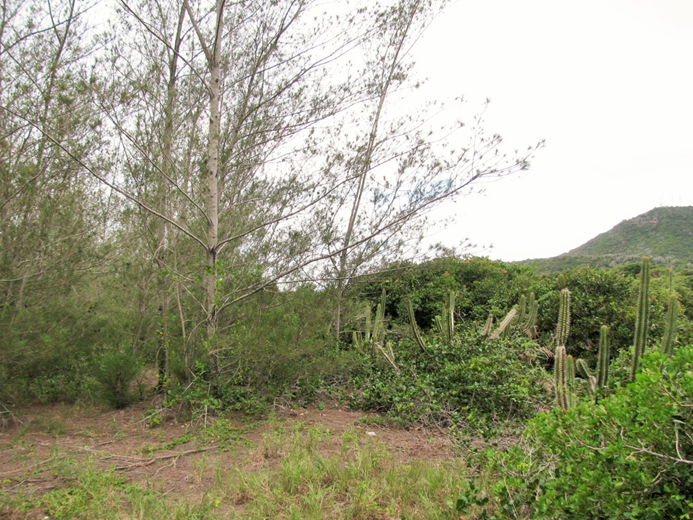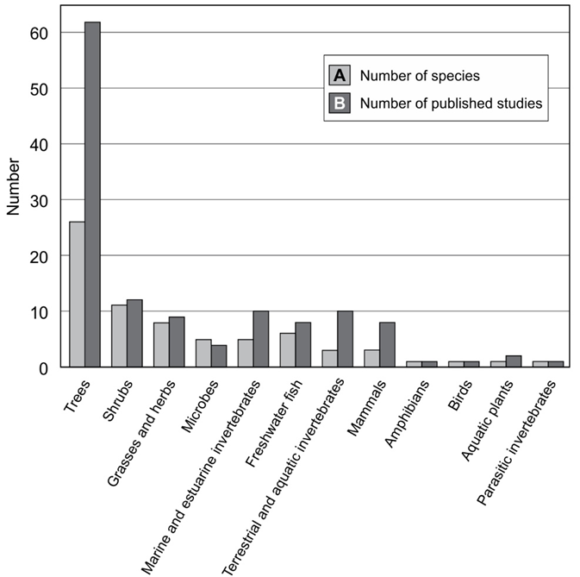29 August 2016 | By Thalita G. Zimmermann
Water stress and shade may limit the potential of one of the world’s most widespread invasive alien tree species, the Australian pine tree (Casuarina equisetifolia L.) to spread on sandy coastal plains of Brazil.
These findings come from work by Thalita G. Zimmermann and Antonio C.S. Andrade, researchers from the Rio de Janeiro Botanic Garden Research Institute in Brazil, and Dave Richardson of the C·I·B.
Naturalized plants are alien plants that reproduce consistently and sustain populations over many life cycles without direct intervention by humans and often recruit offspring freely, usually close to adult plants, and do not necessarily invade ecosystems. “As all naturalized species are potential invaders, it is important to understand what determines the naturalization of alien plants. For an introduced population to become naturalized, it must overcome several biotic and abiotic barriers in order to survive and reproduce” explains Thalita Zimmerman, lead author of the paper in AoB PLANTS.
Sandy coastal plains (called restinga in Brazil) have multiple stressful conditions and were used as a model system to evaluate the abiotic (non-living) factors that can limit the initial establishment of Australian pine trees in coastal regions.
The species is naturalized in at least 32 countries and invasive in 10 geographical regions, including southern Africa.
Experiments were conducted to measure the key stressors (high temperature, solar radiation, drought and salinity) on seed persistence in the soil (field), germination (laboratory), survival, growth, phenotypic plasticity and phenotypic integration (greenhouse).
The authors found that the long-term persistence of seeds in the soil, the ability to germinate across a wide range of temperature and light conditions, and the high survival rate of the young plants in conditions with moderate and high irradiance with high soil moisture, is key factors that favour the naturalization of Australian pine trees. Low light and drought negatively affect the survival and growth of young plants.
“Our findings indicate that areas on sandy coastal plains that present high-light conditions and are near water bodies are prone to naturalization of the introduced population of this species,” explains Zimmermann. “However, although Australian pine trees invade mainly coastal regions, water stress and deep shade can limit the naturalization of introduced populations of this species in these ecosystems”.
Another important finding is that young plants exhibited low phenotypic plasticity, which is important in habitats with multiple stress factors. Furthermore, phenotypic plasticity was positively associated with phenotypic integration under shade. “The positive effect of phenotypic integration on plastic expression in the shade shows that in stressful environments traits that show greater phenotypic plasticity values may have significant phenotypic correlations with other characters. This is an important factor in the evolutionary ecology of this invasive species”, says Zimmermann.

As Australian pine trees do not tolerate shade and drought, and invades mainly degraded areas, conservation of sandy coastal plains is crucial to limit invasion of this species. However, restingas are highly degraded in Brazil, further naturalizations and invasions of this species are likely in the future.
Read the paper in AoB PLANTS
For more information, contact Thalita G. Zimmermann at thalitagabriella@gmail.com



